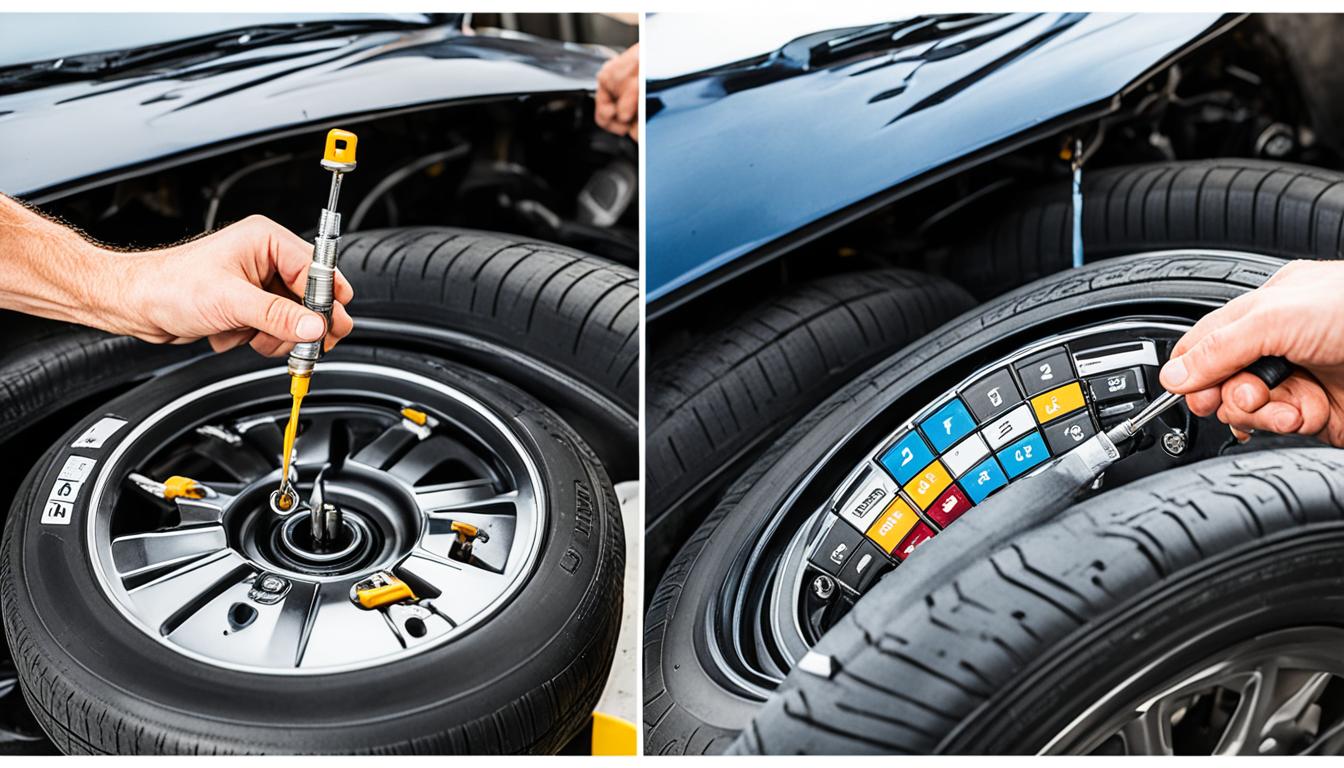All Categories
Featured

Few points are extra startling for a chauffeur than the sudden illumination of the check engine light (CEL) on the dashboard. While it could activate instant worry, comprehending what this light represents can encourage you to handle the circumstance effectively. Let's explore the feasible reasons behind the CEL and the actions to resolve it.
What Does the Inspect Engine Light Mean? The CEL becomes part of your lorry's onboard diagnostics (OBD) system. It checks a range of systems within the auto, including discharges, gas performance, and overall engine efficiency. When the system finds a fault or irregularity, it activates the CEL to alert the motorist.
Solid Light: Shows a non-critical issue, such as a small sensor breakdown. It still needs focus to avoid long-term damage. Blinking Light: Signals an extreme issue, like an engine misfire, that requires immediate attention to stop substantial damage. Usual Reasons for the Examine Engine Light. Here are some of the most frequent sources of a CEL, ranging from simple to complex:
Loose Gas Cap:

A damaged or loose gas cap can disrupt the fuel system, setting off the light. This is one of the easiest issues to repair-- merely tighten up or replace the cap. Oxygen Sensing Unit Failing:
The oxygen sensing unit measures the air-to-fuel proportion for optimum combustion. A faulty sensor can bring about decreased fuel performance and higher exhausts. Ignition System or Ignition Coil Concerns:
These parts are vital for the burning process. Worn-out stimulate plugs or malfunctioning coils can cause misfires and rough engine performance. Catalytic Converter Issues:
This element decreases damaging discharges from your lorry. Failing to address various other engine problems can cause catalytic converter damage. Mass Air Flow (MAF) Sensing Unit Failure:
The MAF sensor ensures the appropriate quantity of air combines with fuel. A dirty or falling short MAF sensor can decrease power and gas effectiveness. Steps to Take When the CEL Comes On. Do Not Panic:
Take a minute to observe your car's efficiency. Is it driving generally, or exist signs and symptoms like minimized power or weird sounds? Inspect the Gas Cap:
If necessary,Tighten up or reseat it. This basic repair settles lots of CEL instances. Make Use Of an OBD-II Scanner:
Connecting in a scanner gives specific difficulty codes that determine the trouble. Lots of auto components shops offer this service totally free. Check out a Mechanic if Needed:
If the CEL remains on or flashes, have a professional inspect your car. Delaying repair work could result in extra pricey fixes. Preventative Measures to Stay Clear Of CEL Issues. Regular Maintenance:. Comply with the manufacturer's routine for oil changes, trigger plug replacements, and air filter cleansing. Examine Key Elements:. Occasionally check your gas cap, belts, and pipes for wear or damages. Usage Top Quality Gas and Oil:. Premium items can avoid residue accumulation that might affect sensing units and engine elements. Why You Should Attend To the CEL Quickly. While it's alluring to neglect a strong CEL, laziness can cause severe effects. What begins as a small concern-- like a loose gas cap-- could progress right into costly repair services. Dealing with the light early guarantees your vehicle stays secure and efficient.
Verdict. The check engine light is not a cause for prompt panic, yet it ought to never ever be overlooked. Comprehending its function and prospective triggers outfits you to make informed decisions, whether it's a quick gas cap adjustment or a journey to your mechanic. With correct upkeep and prompt action, you can keep your cars and truck running efficiently and avoid unnecessary repair work.
Latest Posts
Discover Budget-Friendly Auto Repairs with Montclare’s Exclusive Service Specials
Published May 30, 25
1 min read
Learn About Brake Repair & More: Comprehensive Auto Care Solutions from Montclare Auto Repair
Published May 22, 25
1 min read
Why Routine Vehicle Maintenance at Montclare Auto Repair Saves You Money
Published May 22, 25
1 min read
More
Latest Posts
Discover Budget-Friendly Auto Repairs with Montclare’s Exclusive Service Specials
Published May 30, 25
1 min read
Learn About Brake Repair & More: Comprehensive Auto Care Solutions from Montclare Auto Repair
Published May 22, 25
1 min read
Why Routine Vehicle Maintenance at Montclare Auto Repair Saves You Money
Published May 22, 25
1 min read